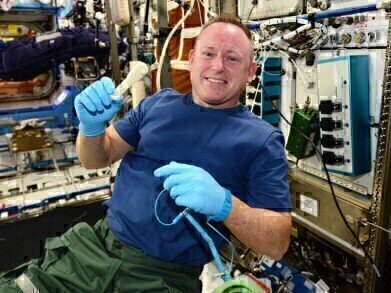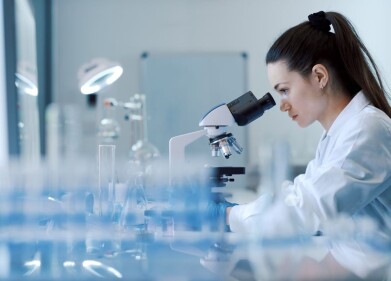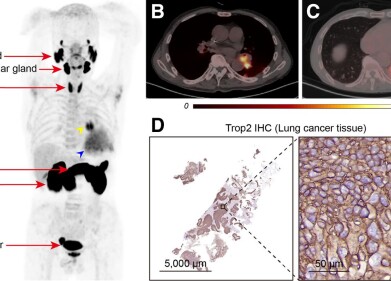News & views
How to Make a Socket Wrench… in Space
Jan 10 2015
That awkward moment when you are floating around in zero gravity in the International Space Station (ISS) and you realise you left your socket wrench in your other spacesuit… back on Earth. Doh! Luckily, with the wonders of 3D printing, such blunders can now be viewed merely as a thing of the past.
The first tool has been successfully manufactured aboard the ISS using blueprints that were designed and tested on Earth before being mailed to the engineers in outer space. They were then able to use the zero-gravity prototype 3D printer to whip up a replica socket wrench in around four hours.
One Small Step for Man, One Giant Leap for Socket Wrenches
The tool was one of the first that has ever been manufactured off the surface of the Earth and marks a successful milestone in the development of the 3D printer. Made in Space, the company which built the prototype, used computer-aided design (CAD) to devise a blueprint and then produced a version here on Earth. After the safety of the object was verified by NASA, the blueprint was transmitted to engineer Barry Wilmore, who used the plans to create the wrench in space.
Founder of the company, Mike Chen, was pleased with the achievement, which was the last in a series of 21 individual prints conducted on the ISS.
“The socket wrench we just manufactured is the first object we designed on the ground and sent digitally to space, on the fly,” said Chen. “We designed one in CAD and sent it up to him faster than a rocket ever could have.”
A Rapidly Evolving Technology for a Rapidly Evolving World
The potential possibilities of 3D printing are seemingly limitless. In time, the cost of 3D printers will inevitably fall, making them an affordable commodity for many family homes. In the meantime, they are already being put to great effect in the world of industry and science.
For example, 3D printing has already revolutionised the way that scientists are approaching the technique of chromatography. This article, The Effects of Bead Overlap on Performance of 3D Printed Packed Bed Columns, demonstrates how the ability to control such aspects of capillary columns as particle size, shape and orientation with an unprecedented level of precision can produce greater stability and efficiency in the results of the process.
Elsewhere, 3D printing can also potentially create exact replicas of human body parts and tissue, thus aiding medical operations and research vastly. If doctors are able to do a “dress-rehearsal” of a complicated operation on an exact replica of an organ or muscle, they will be far better equipped to succeed. That’s not to mention the possibilities of creating human organs for transplant, or the huge potential in the pharmaceutical industry for designer drugs, that 3D printing can offer.
Of course, there are dangers. With great power comes great responsibility, and the fact that the first 3D gun was printed in 2013 shows that if not properly handled, the technology could become a perilous one. To learn more about the merits and drawbacks of the concept, see this article: The Good, the Bad and the Ugly of 3D Printing.
Image Credit: Nasa
Digital Edition
Lab Asia 31.6 Dec 2024
December 2024
Chromatography Articles - Sustainable chromatography: Embracing software for greener methods Mass Spectrometry & Spectroscopy Articles - Solving industry challenges for phosphorus containi...
View all digital editions
Events
Jan 22 2025 Tokyo, Japan
Jan 22 2025 Birmingham, UK
Jan 25 2025 San Diego, CA, USA
Jan 27 2025 Dubai, UAE
Jan 29 2025 Tokyo, Japan



















